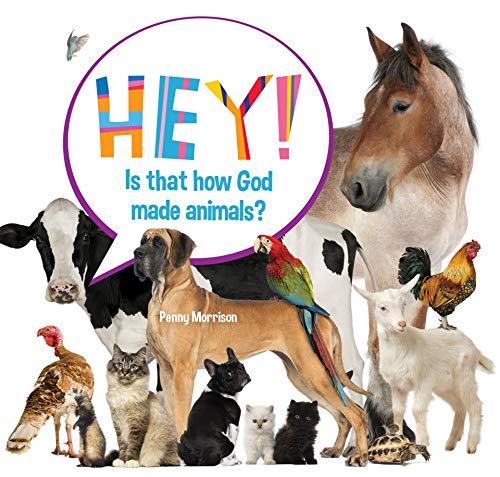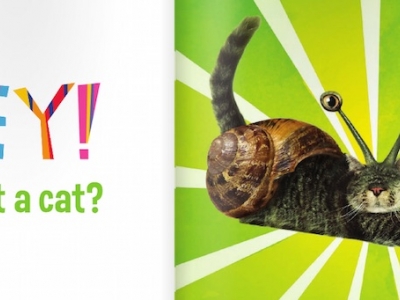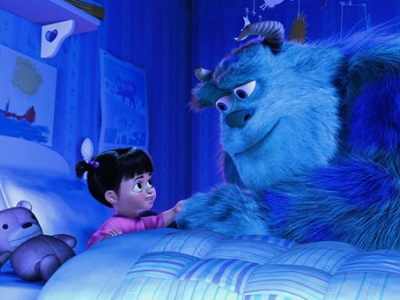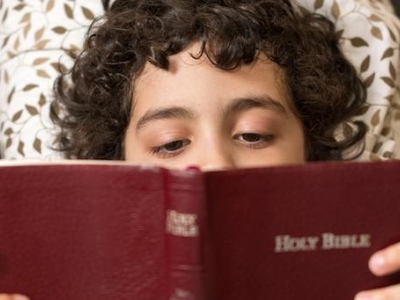
From Aardvark to Zebra: teaching kids to name animals
This everyday activity might be more important than you think.
Have you ever wondered why so many baby books are all about animals? I hadn’t really thought about it until this year when I started dusting off our old books to read to our newest son. I had forgotten just how many of them consist solely of the names and pictures of animals, most of which our baby will only ever encounter if we visit a zoo or a farm.
I find myself naturally pointing out the animals around us too—‘birdy’, ‘doggie’, ‘pussy cat’. When our baby sees the animal I’m pointing to, his face spreads into a smile, and he starts babbling and flapping his arms in delight.
I wouldn’t be surprised if our baby’s first word is ‘da’ for Daisy, our green-eyed grey and white cat. After all, one of his older brothers’ first words was ‘bok’—that was back when we had a few chooks.
A deeply human activity
I’ve been thinking: naming animals is actually a deeply human thing to do. In Genesis chapter 1, it is God who does the naming: ‘day’, ‘night’, ‘sky’, ‘land’, ‘seas’. But by chapter 2, when it comes to the animals, God hands over to Adam:
Now the Lord God had formed out of the ground all the wild animals and all the birds in the sky. He brought them to the man to see what he would name them; and whatever the man called each living creature, that was its name. So the man gave names to all the livestock, the birds in the sky and all the wild animals. (Genesis 2:19–20)
Naming animals is part of our human mandate—to rule over God’s creation, working and taking care of it on God’s behalf. It’s no wonder that we instinctively teach our children to name animals from an early age!
Naming is knowing
When we teach our children to name animals, they are learning to identify them. What makes a cat different from a dog? How is a magpie’s song different from a kookaburra’s? How many legs does a spider or an octopus have? We’re building up our children’s understanding of the world around them and giving them the words to describe it.
Naming is ruling
As we teach our children to name animals, we also tell them what the animals do for us. A cow gives milk, chickens lay eggs, sheep give us wool and so on. This helps our children to understand our human privilege of using animals (humanely) for our benefit. One day I hope I’ll be able to show our sons these processes in real life so that they can value these animals even more.
Naming is appreciating
We live opposite a wetland which attracts a variety of birds. During lockdown, I started watching them more closely from our front window. The kids got used to hearing me call out, ‘Look! It’s the teeny tiny birds again!’
I decided to educate myself by consulting an old book I inherited: The Slater Field Guide to Australian Birds. I’ve spent a long time poring over its pages, trying to identify the different birds I can see—an intermediate egret, a pair of spotted harriers, a willy wagtail, a pair of spotted turtle-doves … and some teeny tiny birds I still can’t quite identify! (Could they be red-browed firetails? Or golden-headed cisticolas?)
For years, bird watchers have been studying these species, learning their distinct characteristics and habits in order to name and identify them. The paintings in the field guide cover over 750 species and took six years to complete. All that for the sheer love of birds!
As I get to know the different varieties of birds, my heart is drawn to praise the Creator who thought them up in the first place. Teaching our children to give names to the animals and birds—whether that’s ‘birdy’ or ‘purple swamphen’—helps them to appreciate God’s immense creativity and power too.
Naming is distinguishing
It wasn’t just birds I found myself trying to identify this year. One day I had to rush home with the kids to Google ‘What kind of snake is green with a yellow belly?’. Apparently the one that was sunning itself on a rock across the road was just a harmless tree snake. But the following week a neighbour’s daughter spotted one that was black with a red belly! That was quite a different story.
It became important for the kids and I to learn the names of the different snakes in our street—to know the difference between the ‘safe’ ones and the poisonous ones. God’s creation is beautiful, but God’s creation is also fallen. That’s what’s so striking about Isaiah’s vision of heaven, where: ‘The infant will play near the cobra’s den, and the young child will put its hand into the viper’s nest’ (Isaiah 11:8).
On reflection, there’s so much more to those baby books than I realised. I can see now how important it is that we do teach our children to name animals—it’s an apprenticeship in humanity! So let’s delight in teaching our children about the creatures God has made—what they're like, how they serve us and whether or not they're safe. And let's do it all for the praise of God, the One who made them all.
---
Harriet Connor is the Content Editor for Growing Faith and the author of Big Picture Parents: Ancient Wisdom for Modern Life (Wipf and Stock, 2017). She lives on the Central Coast of NSW with her husband and four sons.

Hey, is that how God made animals?
God’s creation is amazing—just look at all the animals he made! Some have fur, others have feathers; some are cute and others a little strange. But do these animals look right? Take another look!
For more articles from Growing Faith, subscribe to our monthly e-newsletter.
To hear about the latest books and resources from Youthworks Media, subscribe here.








